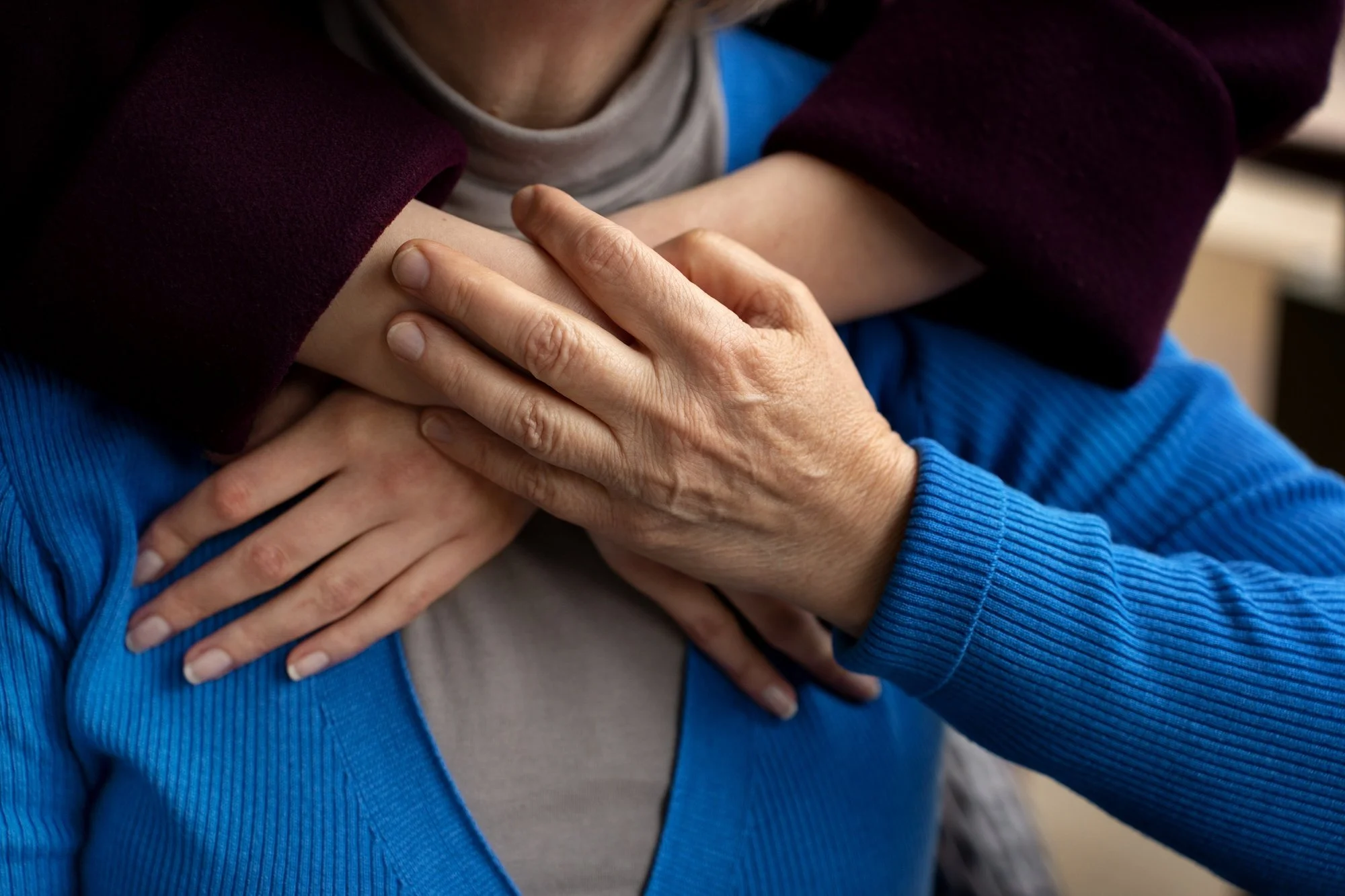Bridging the Distance: Long-Distance Family Caregiving and the Role of Trusted Home Care
The Silent Epidemic: Social Isolation in Seniors and the Role of In-Home Care
Navigating Aging with Dignity: The Power of Personalized In-Home Care
Supporting Senior Mental Health
From isolation and loss to physical decline and chronic illness, many older adults carry silent burdens that can affect their emotional wellness. As an in-home care agency, we see firsthand how these challenges impact quality of life. The good news? There are tangible steps we can take together—caregivers, families, and communities—to protect and uplift senior mental health.
Intergenerational Care: A Beautiful Bridge Between Generations
There’s a common misconception that care only flows in one direction—from the younger to the older. But we know better. Our seniors are mentors, historians, encouragers, and companions. They share stories that textbooks never could. They offer patience in a fast-moving world. They remind us what truly matters: relationships, resilience, and purpose.
Faith-Driven Home Care
Faith inspires us to see each client as a whole person—valuing their experiences, honoring their dignity, and nurturing their spirit. Whether it’s through a shared prayer, words of encouragement, or simply offering a listening ear, our caregivers embrace opportunities to uplift and strengthen those in their care.
Compassionate Care Rooted in Faith and Family
EPAGA Home Care was founded on the belief that everyone deserves to be cared for with love, dignity, and respect—just like family. Inspired by the Greek word Agapé, meaning unconditional love, our mission is to provide compassionate, high-quality in-home care that brings comfort and peace of mind to families. Guided by our Christian values, we are dedicated to treating each client with warmth, kindness, and the personalized attention they deserve.








